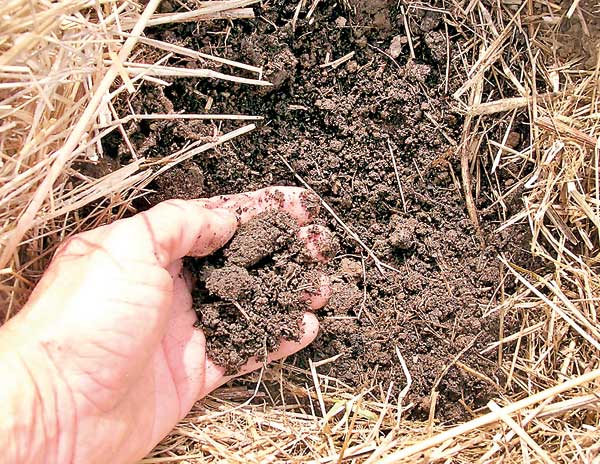25 Feb 2014 - {{hitsCtrl.values.hits}}
(1).jpg) Soil organic matter is any material produced originally by living organisms (plant or animal) that is returned to the soil and goes through the decomposition process. At any given time, it consists of a range of materials from the intact original tissues of plants and animals to the substantially decomposed mixture of materials known as humus.
Soil organic matter is any material produced originally by living organisms (plant or animal) that is returned to the soil and goes through the decomposition process. At any given time, it consists of a range of materials from the intact original tissues of plants and animals to the substantially decomposed mixture of materials known as humus.
25 Nov 2024 4 hours ago
25 Nov 2024 5 hours ago
25 Nov 2024 5 hours ago
25 Nov 2024 7 hours ago
25 Nov 2024 7 hours ago